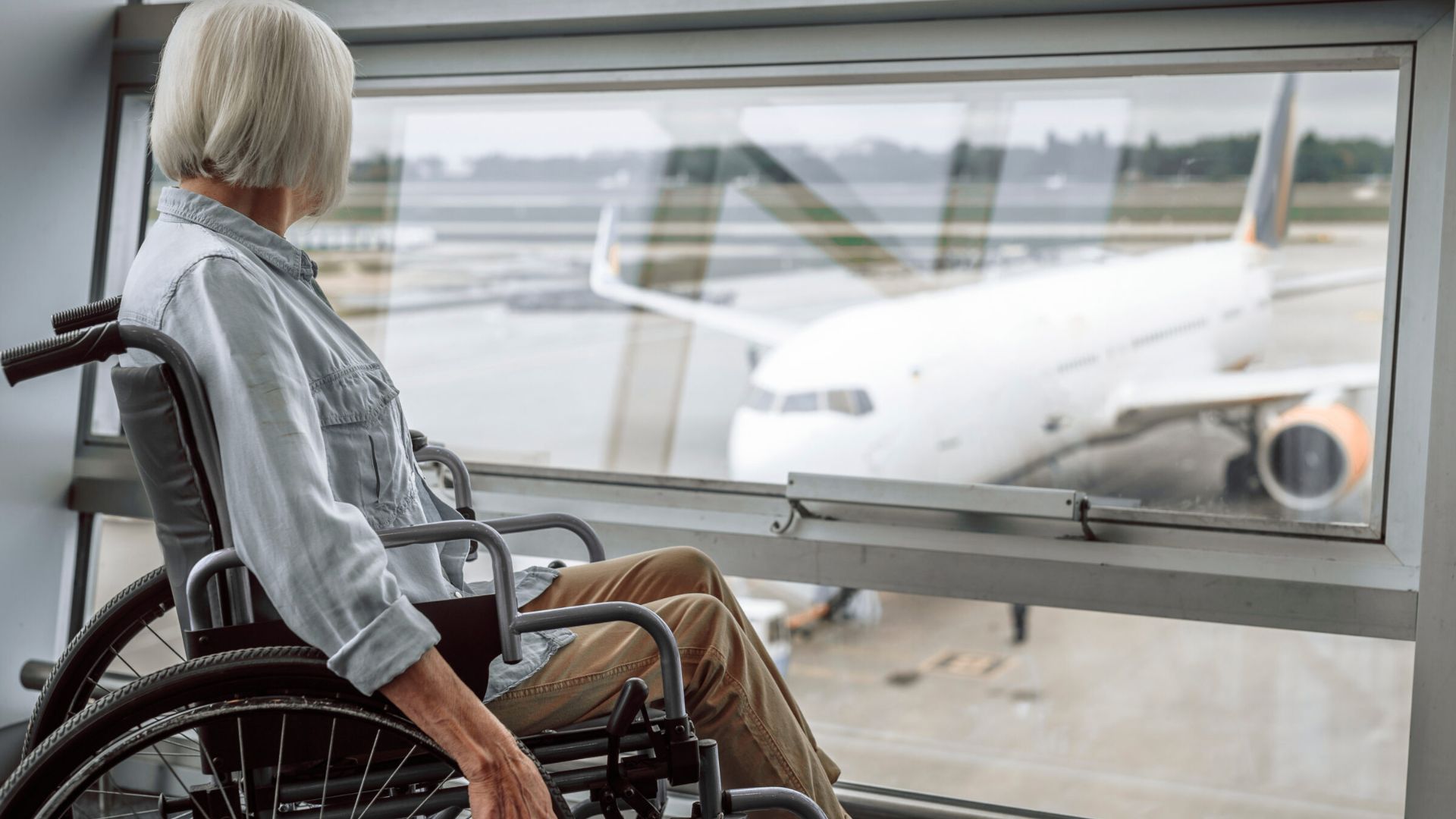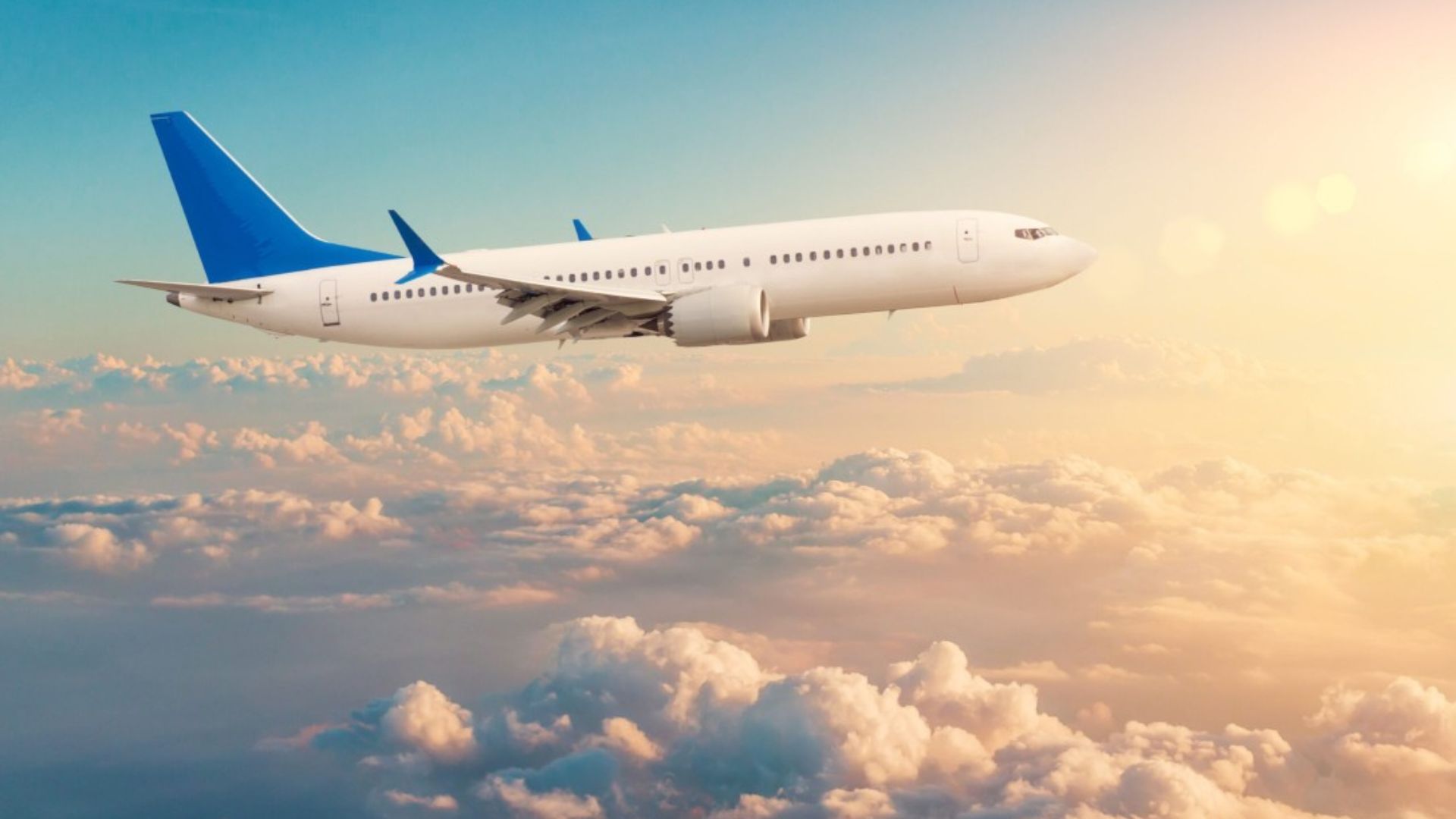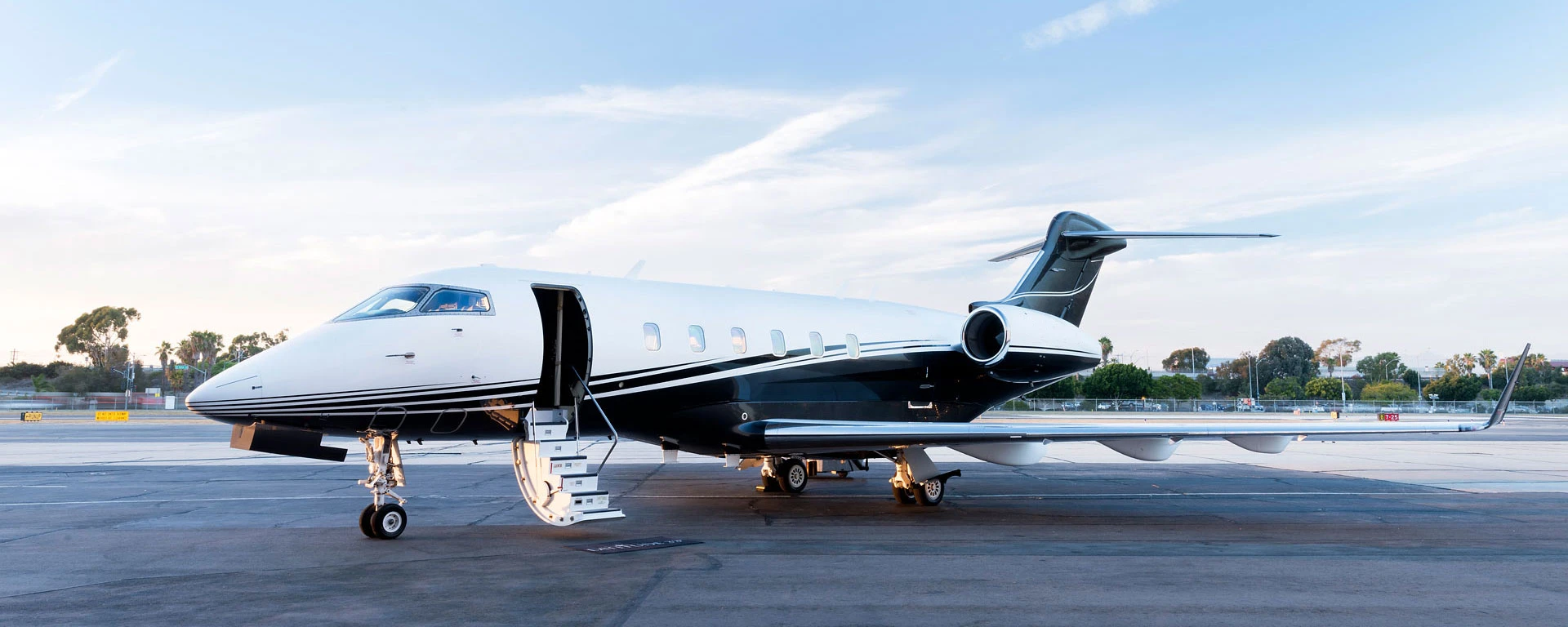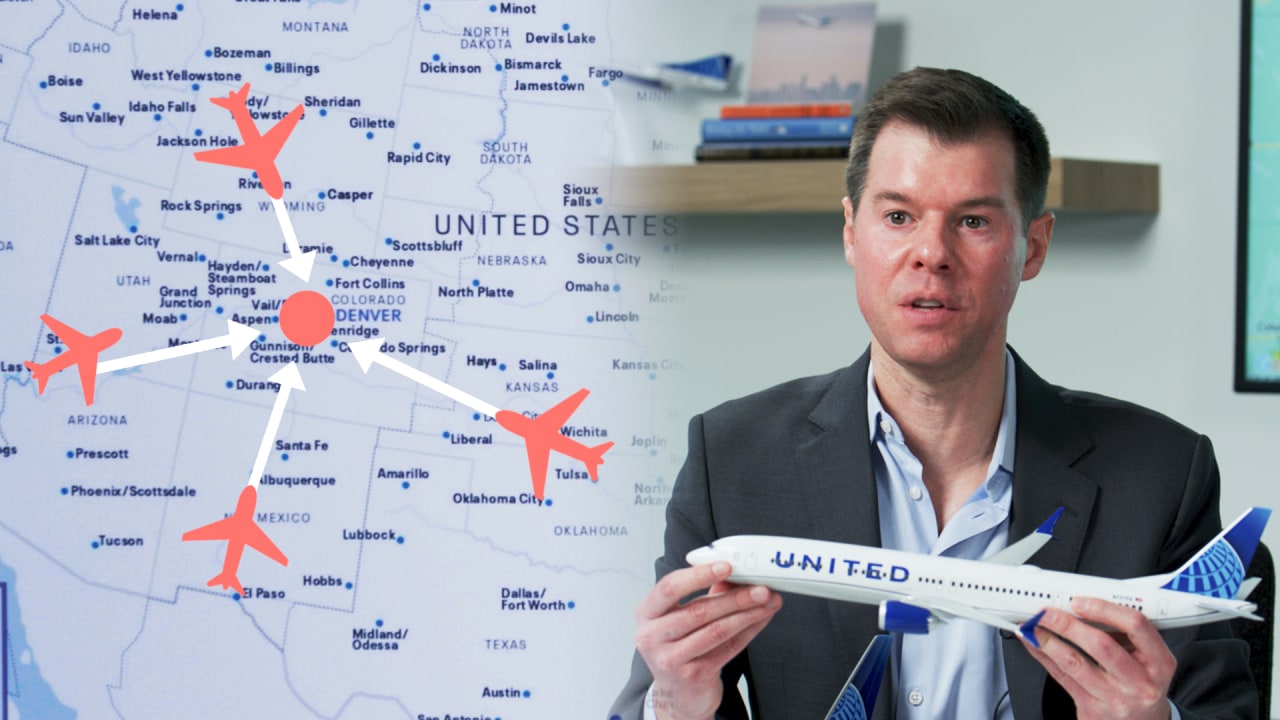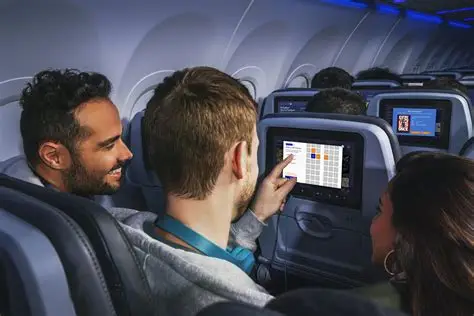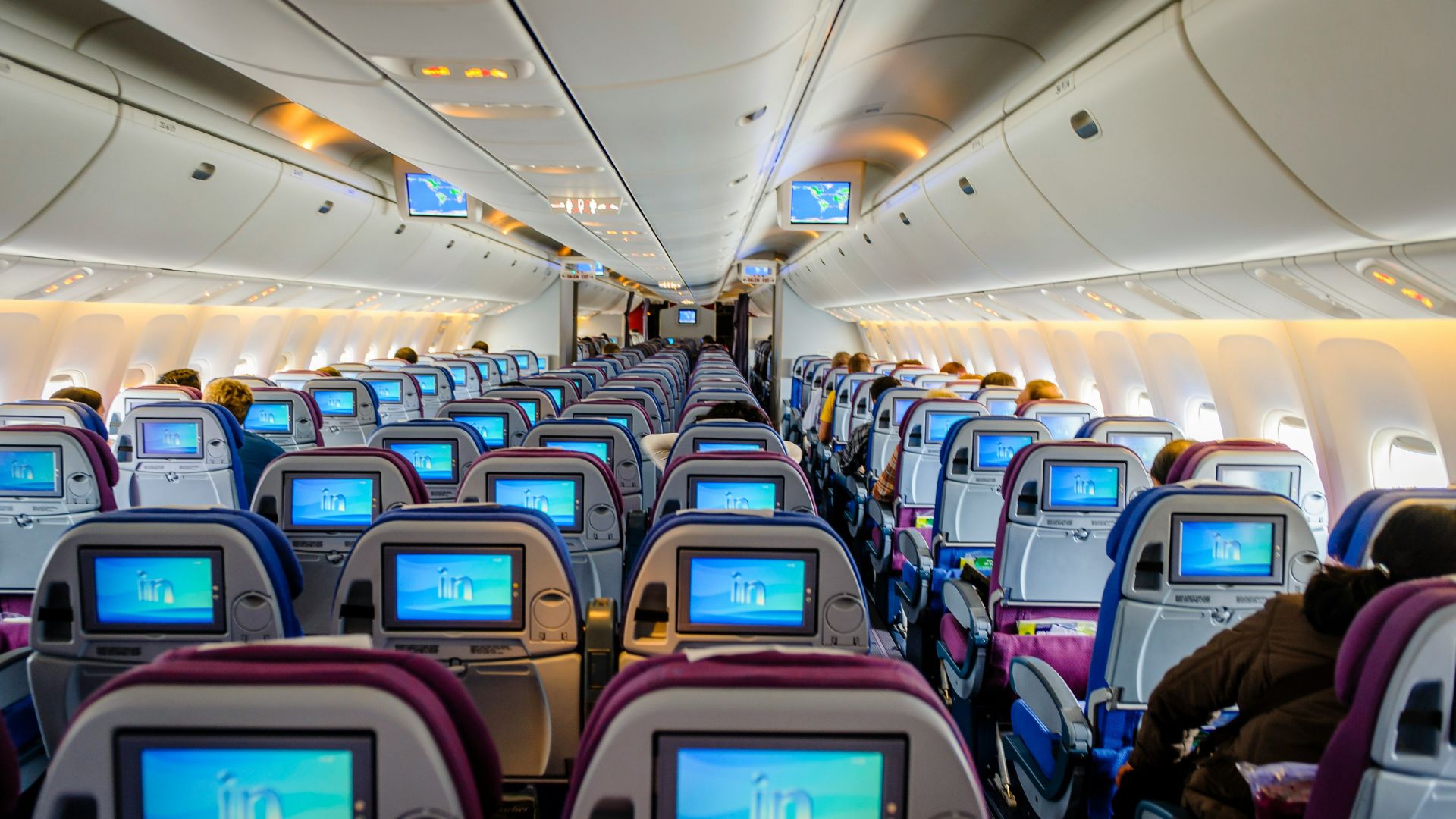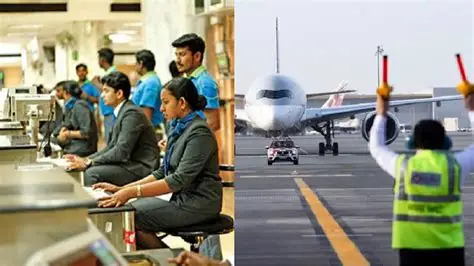Air travel should be accessible to everyone, regardless of physical, sensory, or cognitive abilities. Airlines and airports are increasingly recognizing this and offering special assistance services that ensure passengers with disabilities, limited mobility, or special needs can travel safely and comfortably. From pre-boarding support to in-flight accommodations, these services play a vital role in making aviation inclusive for all.
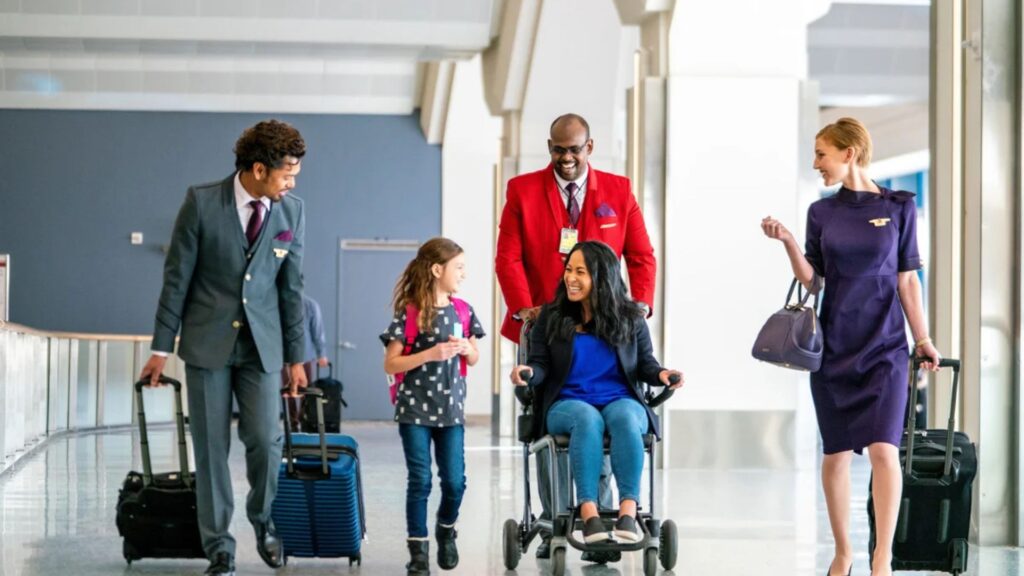
Understanding Special Assistance Needs
Special assistance services are designed to help passengers who may have:
-
Reduced mobility due to age, injury, or disability
-
Vision or hearing impairments
-
Developmental or cognitive disabilities
-
Medical conditions that require additional support
-
Language barriers or travel anxiety
Passengers may require help at different stages of the journey—from check-in and security screening to boarding and deplaning. Airlines have a responsibility to ensure these individuals are treated with dignity and supported with care.
Pre-Flight: Booking and Planning with Assistance in Mind
The journey toward inclusive air travel starts with booking. Most airlines offer the option to request assistance during the reservation process or via a customer service call. Pre-flight services may include:
-
Wheelchair service from check-in to the aircraft
-
Assistance with mobility devices like canes, walkers, or oxygen tanks
-
Help navigating the airport for visually impaired passengers
-
Support for hearing-impaired travelers, such as visual alerts or sign language interpretation where available
It’s recommended to notify the airline at least 48 hours in advance to ensure proper coordination with airport services and staff.
At the Airport: Ground Assistance and Accessibility
Once at the airport, trained personnel guide passengers through check-in, security screening, and boarding. Accessibility improvements in airports now often include:
-
Step-free access to key areas via elevators and ramps
-
Tactile flooring or Braille signage for visually impaired travelers
-
Hearing loops and captioned displays for announcements
-
Quiet rooms or sensory spaces for neurodiverse individuals
Boarding is usually done early for passengers needing extra time or assistance, allowing them to settle in comfortably.
Onboard: In-Flight Comfort and Safety
Inside the aircraft, cabin crew are trained to accommodate passengers with various needs while ensuring their safety and dignity. Services may include:
-
Pre-boarding briefings to explain safety protocols
-
Seat assignment adjustments to provide extra space or aisle access
-
Storage and retrieval of mobility devices
-
Use of onboard wheelchairs for movement within the cabin
-
Assistance with meals, reading materials, or communication tools
Some airlines also offer entertainment with subtitles, audio descriptions, or language options to ensure all passengers can enjoy the in-flight experience.
Arrival: Support Beyond Landing
The journey doesn’t end upon landing. Special assistance includes help with:
-
Deplaning and transportation to baggage claim
-
Customs and immigration navigation
-
Connecting flights or ground transportation
Staff remain available until the passenger is safely through the airport or transferred to a connecting service, making the full journey more manageable and less stressful.
The Human Touch: Staff Training and Compassion
Beyond logistics, the success of these services relies heavily on empathy and understanding. Airlines invest in disability awareness and sensitivity training for ground staff and cabin crew. This ensures:
-
Respectful interaction with passengers with disabilities
-
Clear and kind communication in challenging situations
-
Confidence in handling medical or emergency needs
Such training fosters a travel culture where all passengers feel seen, heard, and respected.
Toward a More Inclusive Future
Inclusion in air travel is not just about compliance—it’s about equality. While progress has been made, challenges remain, including standardizing services across countries and improving communication tools.
Technological innovations, such as mobile apps for accessible navigation and real-time assistance updates, continue to improve the travel experience for those requiring extra support.
Conclusion
Special assistance services are crucial in making air travel truly inclusive. Through thoughtful design, compassionate staff, and proactive planning, airlines can ensure that every passenger—regardless of ability—enjoys a dignified, comfortable, and stress-free journey.
Inclusivity is not a luxury—it’s a right. And it’s taking flight, one step at a time.

